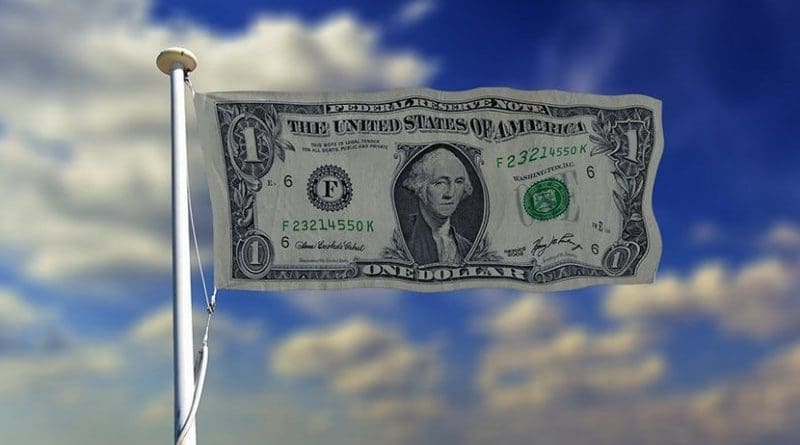Lower Energy Prices Push Down Inflation In November – Analysis
By Dean Baker
The overall Consumer Price Index (CPI) was flat in November due to a 2.2 percent drop in energy prices in the month. The core inflation rate rose by 0.2 percent, bringing the year-over-year increase in the core to 2.2 percent, the same as in the overall CPI. Incredibly, it appears the core inflation rate is actually slowing in spite of the low unemployment rate and modest pickup in wage growth. The annual inflation rate over the last three months (September, October, November), compared with the prior three months (June, July, August), has been just 1.8 percent, a modest slowing from its year-over-year rate.
Even this inflation is disproportionately due to rents, with the shelter component of the CPI having risen by 3.2 percent over the last year (0.3 percent in November). The year-over-year rate in the core CPI, excluding shelter, is just 1.5 percent. The annualized rate over the last three months compared with the prior three months is 1.1 percent. It is very difficult to find any evidence of inflationary pressures outside of shelter. The medical care index has risen by 2.0 percent over the last year, although it did rise 0.4 percent in November. (The monthly data for this measure are erratic; it fell by 0.2 percent in both July and August.) Prescription drug prices have risen just 0.6 percent over the last year. (This refers to the prices of existing drugs; it does not pick up the impact of new high-cost drugs.)
College tuition has somewhat outpaced the overall CPI, rising 2.8 percent over the last year, but that is well below the rate of increase in prior decades. The price of auto insurance, which had been a problem area, fell 0.5 percent in November. This brings its increase over the last year to 5.5 percent. Even airfares are now falling, dropping 2.4 percent in November and 1.6 percent over the last year.
New vehicle prices were unchanged in the month and are up 0.3 percent over the last year. Used vehicle prices are up 2.4 percent in November after rising 2.6 percent in October. But these data are highly erratic; the index fell by 3.0 percent in September. Over the last year it has risen 2.3 percent. Apparel prices fell 0.9 percent in November and are down 0.4 percent over the year.
The only places where there is substantial inflation are relatively narrow expenditure categories. The index for household appliances, a category that accounts for 0.22 percent of the CPI, is up by 5.6 percent over the year. This is driven by a tariff-induced 15.5 percent rise in the price of laundry equipment.
The index for car and truck rentals, which accounts for 0.12 percent of the CPI, has risen by 6.2 percent over the year. Parking and other fees, accounting for 0.24 percent of the CPI, is up 4.0 percent over the year.
Elementary and high school tuition and fees, accounting for 0.34 percent of the index, have risen 4.5 percent over the year.
Legal services, which are 0.31 percent of the CPI, have risen by 6.4 percent over the year. And financial services, which account for 0.24 percent of the index, have risen by 5.6 percent over the last year.
Apart from these narrow categories, and of course shelter, inflation seems well under control pretty much everywhere. It is striking that there is so little evidence of any acceleration even as wage growth does appear to be picking up modestly.
With dropping energy prices bringing about a convergence between core and overall inflation, the picture for real wages now looks slightly better. The year-over-year increase in the real average hourly wage based on the November data is 0.8 percent (1.0 percent for production and nonsupervisory employees).
This report does make the Fed’s interest rate decision this month more complicated. They have been raising rates with the idea that the economy was approaching full employment and that we would be seeing growing inflationary pressures. With the most recent data showing inflation slowing rather than accelerating, it is not clear what the rationale for further rate hikes would be.

